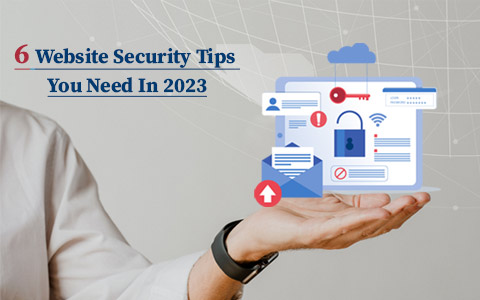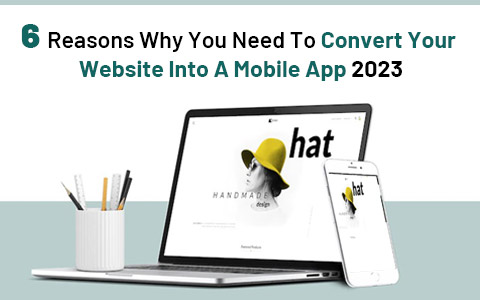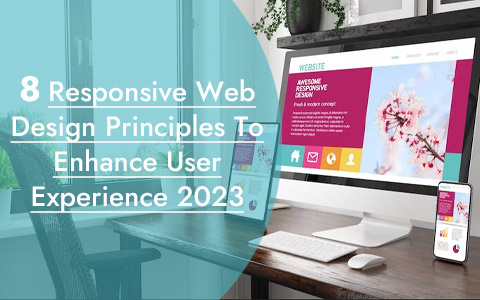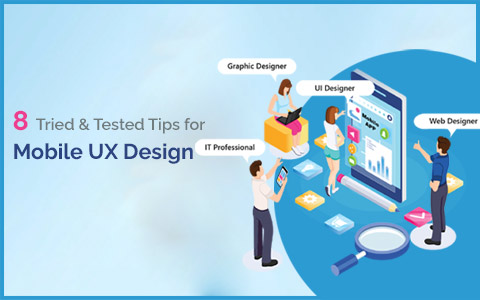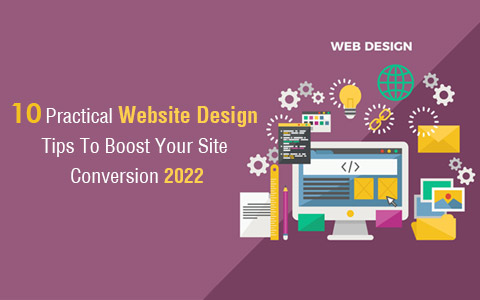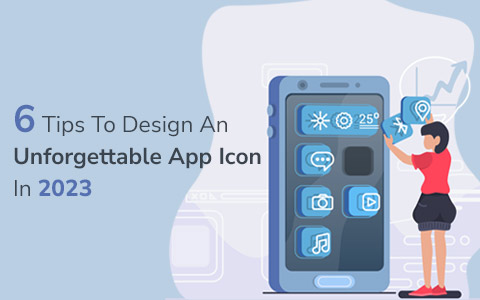10 Impactful Web Design Tips Small Businesses Need 2021
 August 25, 2021
August 25, 2021 Website Designing Services Website Redesign Services
Website Designing Services Website Redesign Services
“Anyone can dream up great ideas, but an idea is nothing until it’s realized, be it as a website, a physical product, an app, or a user interface. – Jens Martin Skibsted”
Small businesses can have a lot of constraints in terms of budget and thus it is important to invest your time in tools, resources, and services that will have a valuable outcome.
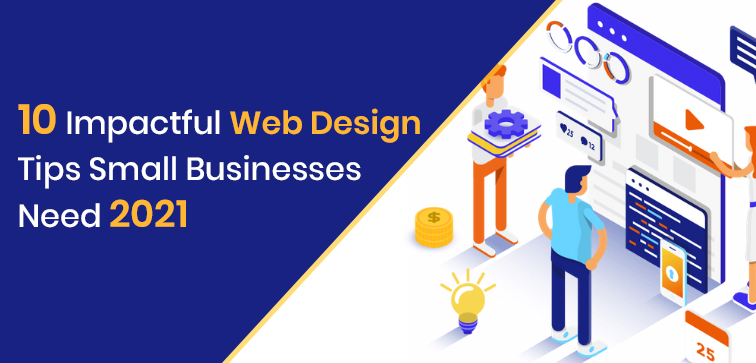
When it comes to websites, small businesses aim to capture quality leads and sell services/products. In this blog, we are sharing ten very potent tips which you can use and consider when designing your website for small scale business.
Midas is your technology partner for leading Web Development Services from India. Call today for inquiries and information!
Here Are 10 Excellent Tips To Design Effective Website For A Small Scale Business:
Tip 1: A Well Conceived Website Strategy:
A thorough plan comes in handy when your aim is to be efficient with your time and effort. Planning means considering all your business requirements, market goals that you want to achieve, etc. and all this requires a finely structured plan.
Set up the business goals that you wish to achieve through this website. Your goals will work as indicators and help you decide how you want to set up and structure your site that will eventually meet your needs.
Another factor to consider when establishing your plan is research and work on identifying your target audience or potential consumers. Finally, make sure the design is curated to interest your target audience.
Tip 2: Determine Your Site Hierarchy:
A great user experience will not just improve your business prospects but it will also boost your site’s SEO performance. Now, that’s a fact which stands true for any size of business, but more so for a small business; since it is still in the growing phase.
Your site and page hierarchy should ensure that user is able to navigate through your site easily. A well-performing website will engage with an audience and appeal to the search engines as well.
Your site will have different pages and every page should be intelligently/logically structured together so that a user finds it easy to discover and locate what they are looking for.
Tip 3: Stand Out And Outperform The Competition:
It might sound overwhelming for a small business to take the challenge to be better than everyone, but it is what it is. You need to have a clear idea of how you are going to design your site in such a way that your competitors don’t get that edge over you.
After all, you are putting all this effort into developing a site to get the recognition and attention of the right audience, and you cannot end up putting out a generalized site that has nothing exceptional about it.
Research, assess, and come up with factors that are different about your business and solutions. Showcase what’s unique about your business through your site design, content placement, right CTAs and so on.
Tip 4: Refine Your Branding Strategy:
How you want people to perceive your business is what branding is all about. Your branding strategy will highlight what your business is about, how you do it, and why you do it.
Branding is how you connect with your audience through various brand touch points on multi-levels. What are some of the core values of your business, what is your unique selling point is and what makes your service/product unique?
These are some of the questions you must have answers to. Combining these fundamentals with brand identity (such as logo design, color palette, typography) will together help in building your brand.
Tip 5: Small Business And Local Search:
Many small businesses target the local audience and thus it is important to optimize your site for locally searched keywords. In this way, you will easily rank for local searches, and that way more chances of conversion.
For instance, if you have more chances of getting relevant buyers for “best scented candles in Delhi” then don’t optimize your site for “best scented candles in the world” or “best scented candles in India”.
Determine your keywords in the initial stage of website development so that relevant keywords/phrases can be used in header tags, main content as well as alt tags.
Tip 6: Website Design & CMS:
Small businesses have a limited budget and they cannot splurge on services for every little change to a website.
The easy way out is to get an efficient CMS (Content Management System) which is user-friendly and easy to operate. It is best to choose from an industry-standard system like WordPress and WooCommerce.
Tip 7: Small Business Website & Domain Name:
The domain name is another very powerful and striking component of your business website.
The domain name doesn’t have to be your company name per se but something which is easy to understand, memorize, and relevant to your services.
Also, you will find different top-level domains (TLDs) but the “.com” version is most preferred.
Tip 8: Website & Trustworthy Web Hosting:
You will easily find cheap hosting services in the market, but beware, as inexpensive doesn’t mean the best performance.
Invest your money in a web hosting service that has a good market reputation and you get extensive technical support such as backups, and CMS software upgrades,s, etc. This is an important factor to build a robust website for your small business.
Tip 9: Small Business Website & Calls To Action:
Incorporate your goals with the right calls to action (CTAs) so that your user knows which steps to take once reaching your site.
Your CTAs should stand out on your website. Compelling and persuasive phrases for your CTAs will make them eye-catching and persuasive which will let users to get over their decision fatigue.
Tip 10: Simple And Clear Design:
Your website should be precisely designed with essential and important information sans the irrelevant jargon.
Amplify user experience by designing a simple yet very useful website. The addition of social proof, testimonials, and reviews to your site will boost your brand presence and trust factor. Focus on making site navigation easy and hassle-free.
Conclusion:
To create a successful business-relevant and customer-oriented website you don’t have to invest a fortune as it can be done within a limited budget provided you know where to start and what factors to focus on. We at Midas help you with defining your business requirements and site needs as well as developing/designing impeccable, sales-generating websites. For the latest custom web development services from India, You Can Reach Out To Us Through Call Or An Email.
popular post
-
7 Pivotal Tips to Build Unbeatable Mobile Application
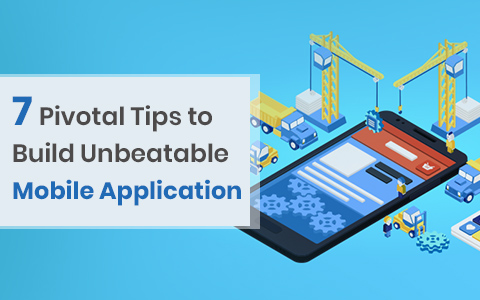
-
8 Issues That Can Cause Website Outage & Their Solutions

-
Top 8 Things To Know For A Terrific Ecommerce Website Redesign
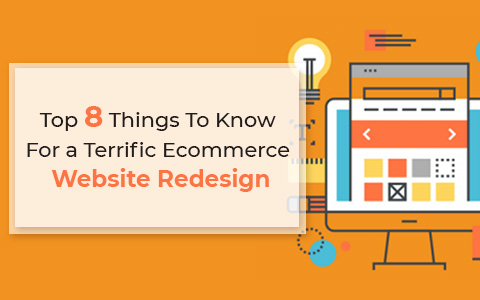
Categories
- Internet Marketing (13)
- Software Development (8)
- Mobile Apps Development (44)
- Web Designing (32)
- Web Development (60)
 business@midaswebtech.com
business@midaswebtech.com